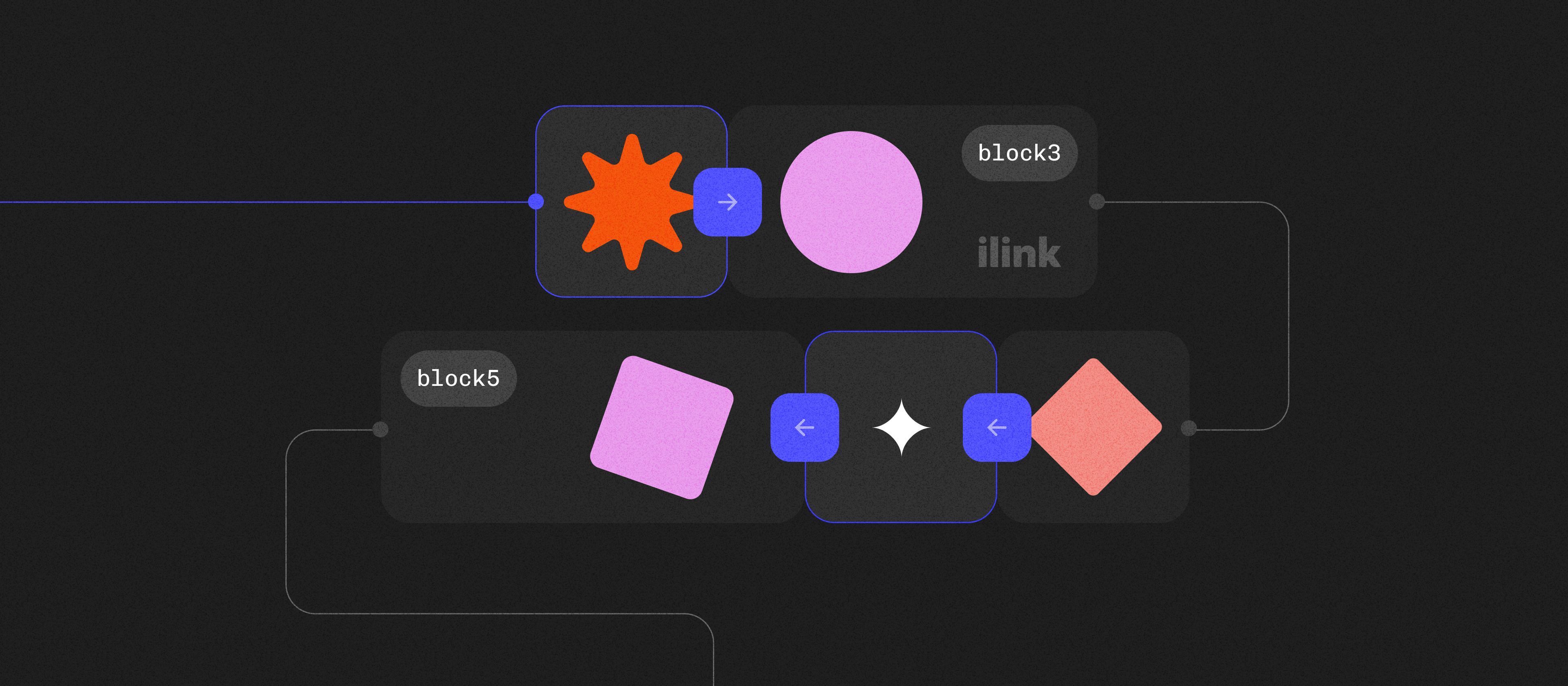Boosting User Experience with Progressive Web Apps
Introduction
In the digital age, the user experience is paramount for the success of any online platform. Progressive Web Apps (PWAs) have emerged as a powerful solution to enhance user engagement and satisfaction. Combining the best of web and mobile app features, PWAs offer a seamless, high-quality experience without the typical complexities of app development and maintenance.
What Makes PWAs Unique?
Progressive Web Apps blend the functionalities of traditional web pages with the high-performance features of mobile applications, making them stand out in several key ways:
- Installation and accessibility. Unlike conventional mobile apps, PWAs do not require users to visit an app store, wait for downloads, or go through lengthy installation processes. Instead, they can be added directly to a device's home screen from a browser, providing instant access just like a native app.
- Progressive enhancement. PWAs are built with the philosophy of progressive enhancement in mind. They start with a basic level of user experience that works for every user, regardless of browser choice, then enhance the experience incrementally as the user's browser capabilities allow. This ensures that all users, regardless of their device or internet speed, can access the core functionalities of the app.
- Responsive and fluid design. PWAs are inherently designed to be responsive across all devices. Whether a user is on a desktop, tablet, or smartphone, the app adjusts seamlessly to fit the screen size and orientation, providing a consistent user experience that is typically only expected from high-end, native applications.
- Linkable and shareable. One of the fundamental characteristics of the web is the ability to share content via URLs. PWAs maintain this feature, allowing users to bookmark, share, and link to any part of the app just like a traditional website, which is not possible with native apps.
Advantages of PWAs for User Experience
1. Enhanced performance. PWAs utilize service workers for background tasks like caching and retrieving resource files, which dramatically improves load times even after the first visit. This caching allows the app to load almost instantly on subsequent visits, providing a performance that rivals native apps and enhances user satisfaction through reduced wait times.
2. Offline capabilities. One of the strongest advantages of PWAs is their ability to function offline or on poor network connections. By storing essential files in the cache, a PWA can continue to offer its core functionalities without an internet connection, making it invaluable for users in areas with unstable connectivity.
3. Push notifications. PWAs support push notifications, a powerful feature for user engagement that was previously only available to native apps. These notifications can be used to alert users about new content, promotions, and updates, effectively increasing re-engagement rates and keeping the user base active and informed.
4. Hardware access. Modern PWAs have access to device hardware such as cameras, microphones, and even Bluetooth. This capability not only enhances the functionality of the PWA but also enriches the user experience by allowing for features like photo uploads and voice input, which are essential for apps requiring user interaction with the device’s hardware.
5. Safety and security. Since PWAs are served via HTTPS, they ensure that all user data is transmitted securely. The use of service workers, which manage the data cache and content updates, also adds an extra layer of security against network-based attacks.
Are you ready to elevate your digital presence and enhance user engagement with a Progressive Web App? Embrace the future of web technology by investing in a PWA that delivers speed, reliability, and a seamless user experience across all devices. Contact ilink today to discover how our expert team can help you design and deploy a PWA tailored to your business needs, ensuring you stay ahead in the digital landscape.
Case Studies
Several companies have successfully implemented PWAs, reaping substantial benefits. For example, Twitter's PWA, Twitter Lite, led to a 65% increase in pages per session and a 75% increase in Tweets sent. Similarly, Forbes' PWA resulted in a 100% increase in engagement, showcasing the profound impact on user experience.
Implementation Challenges
While PWAs offer many benefits, they come with their own set of challenges:
- SEO optimization. Ensuring that PWAs are discoverable by search engines can be tricky due to the dynamic nature of their content.
- Compatibility issues. Some older browsers may not fully support all PWA features, which can lead to inconsistent user experiences.
Future of PWAs
- Enhanced browser support. As web technologies evolve, browsers continue to enhance support for PWAs, enabling more robust features and performance improvements that make them increasingly indistinguishable from native apps.
- Integration with emerging technologies. PWAs will likely integrate more with augmented reality (AR), virtual reality (VR), and artificial intelligence (AI), expanding capabilities for immersive and personalized user experiences directly through the web.
- Expansion across platforms. PWAs are set to extend beyond mobile and desktop to other devices like wearables, smart TVs, and even in-car systems, leveraging their ability to deliver a consistent user experience across all platforms.
- Improved offline capabilities. Future developments will enhance the offline functionality of PWAs, allowing them to perform more complex tasks and store more data efficiently, even without internet connectivity.
- Wider industry adoption. The success of PWAs in e-commerce will encourage adoption across various other sectors, including finance, healthcare, and education, driven by their effectiveness in improving engagement and operational efficiency.
- Optimization for core web vitals. With performance becoming a crucial factor in web rankings, PWAs will focus more on optimizing load times, responsiveness, and stability to meet search engine standards and enhance user satisfaction.
- Advancements in development tools. The development ecosystem around PWAs will continue to grow, with frameworks like Angular, React, and Vue simplifying the process of building these apps, making it easier and faster for developers to deploy feature-rich web applications.
Progressive Web Apps represent a significant step forward in web technology, offering a user experience that rivals native apps while maintaining the web's flexibility and accessibility. As businesses look to improve their online presence, PWAs provide a compelling option with considerable advantages in user engagement, performance, and operational efficiency.
Comments (0)
Latest Posts
Professional blockchain system development makes it possible to create a secure infrastructure that minimizes risks and accelerates operational processes.
Companies that want to remain competitive actively invest in fintech application development, transforming traditional finance into flexible and technology-driven services.
Do You Have Any Questions?
Leave your details - we will contact you to answer all your questions




